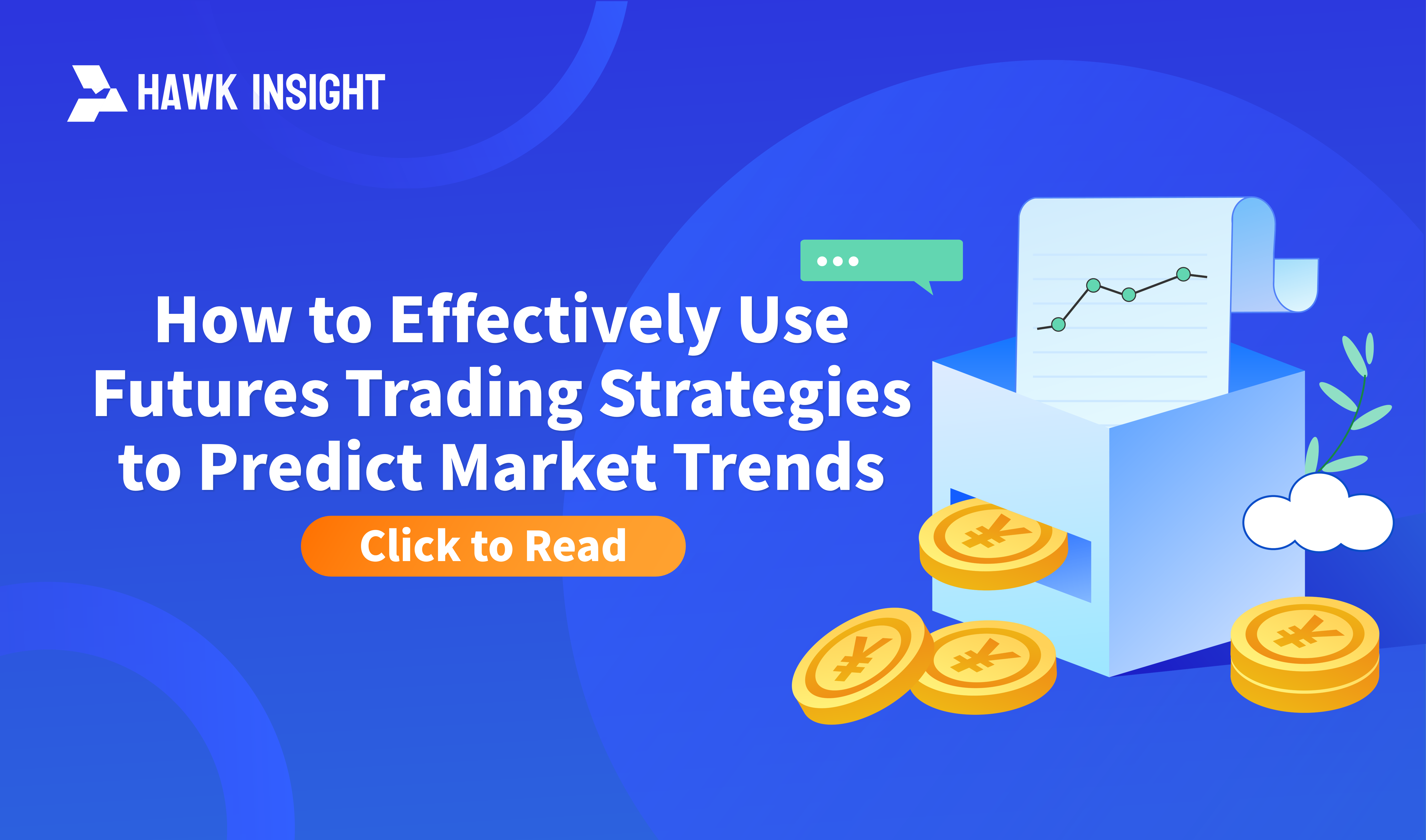How to Effectively Use Futures Trading Strategies to Predict Market Trends?
Learn how to use futures trading strategies to predict market movements & improve your investment decisions.Discover key considerations & risk management tips.

Futures trading strategies are commonly used by investors to predict future market movements, but how effective are these strategies in practice?
This article will explore the relationship between futures trading strategies and market predictions, analyze the factors that affect their accuracy, and discuss key considerations for investors using these strategies to forecast market trends.
What are Futures Trading Strategies?
Before discussing the market predictive power of futures trading strategies, it is essential to understand what these strategies are and how they operate.
Futures trading strategies involve using futures contracts to profit from the expected price movements of a particular commodity or financial instrument. These strategies can include hedging, speculation, or arbitrage trading.
How Accurate is it in Predicting Market?
Futures trading strategies can be a powerful tool for predicting future market movements, but they are not always accurate. Their accuracy can be influenced by various factors such as changes in supply and demand, economic conditions, and market sentiment. Additionally, the speculative nature of futures trading introduces uncertainty into predictions.
Factors Affecting the Accuracy
Several factors can impact the accuracy of futures trading strategies:
- Supply and Demand Changes: Changes in supply and demand can significantly affect the price of a commodity or financial instrument.
- Economic Conditions: Economic conditions, such as interest rates and inflation, also influence the price of a commodity or financial instrument.
- Market Sentiment: Investor sentiment can affect the price of a commodity or financial instrument.
Key Factors When Predicting Market
Despite potential inaccuracies, futures trading strategies remain an important tool for investors predicting market movements. However, several key considerations should be kept in mind when using these strategies:
- Deep Understanding of the Underlying Asset: It is crucial to have a solid grasp of the commodity or financial instrument and the factors that impact its price.
- Awareness of Potential Risks and Uncertainties: Investors should be aware of the risks and uncertainties associated with futures trading.
Economic Indicators
Economic indicators play a crucial role in the accuracy of futures trading strategies. Indicators such as GDP, inflation, and unemployment can all impact the price of a commodity or financial instrument. Additionally, interest rates set by central banks can also affect prices. Understanding these indicators' impacts is critical for investors using futures trading strategies to predict market movements.
Political Events
Political events also influence the accuracy of futures trading strategies. For example, changes in government policies, such as trade tariffs or tax changes, can impact the price of a commodity or financial instrument. Additionally, geopolitical events, such as conflicts or natural disasters, can also influence prices. Understanding the potential impact of these events is important for investors using futures trading strategies to predict market movements.
Technical Analysis
Technical analysis, which involves analyzing historical price and volume data to identify patterns, is a valuable tool for investors using futures trading strategies to predict market movements. By identifying trends and patterns in historical data, investors can gain insights into potential future price movements. However, technical analysis is not always accurate and should be used in conjunction with other forms of analysis, such as fundamental analysis and market sentiment.
Fundamental Analysis
Fundamental analysis, which involves analyzing the underlying economic, financial, and qualitative factors that impact the price of a commodity or financial instrument, is also a valuable tool for investors using futures trading strategies to predict market movements. This type of analysis helps investors identify potential trends and price movements by examining factors such as a company’s financial statements, management, and industry conditions.
Market Sentiment
Market sentiment, the overall attitude or feeling of investors towards a particular market or asset, also plays a role in the accuracy of futures trading strategies. Positive market sentiment can indicate that investors are bullish on a particular market or asset, while negative sentiment can indicate bearishness. Understanding market sentiment is important for investors using futures trading strategies to predict market movements.
Risk Management
Risk management is an essential aspect of futures trading strategies. By properly managing risk, investors can mitigate potential losses and protect their investments. This can include using stop-loss orders, diversifying investments, and properly sizing positions.
Disclaimer: The views in this article are from the original Creator and do not represent the views or position of Hawk Insight. The content of the article is for reference, communication and learning only, and does not constitute investment advice. If it involves copyright issues, please contact us for deletion.